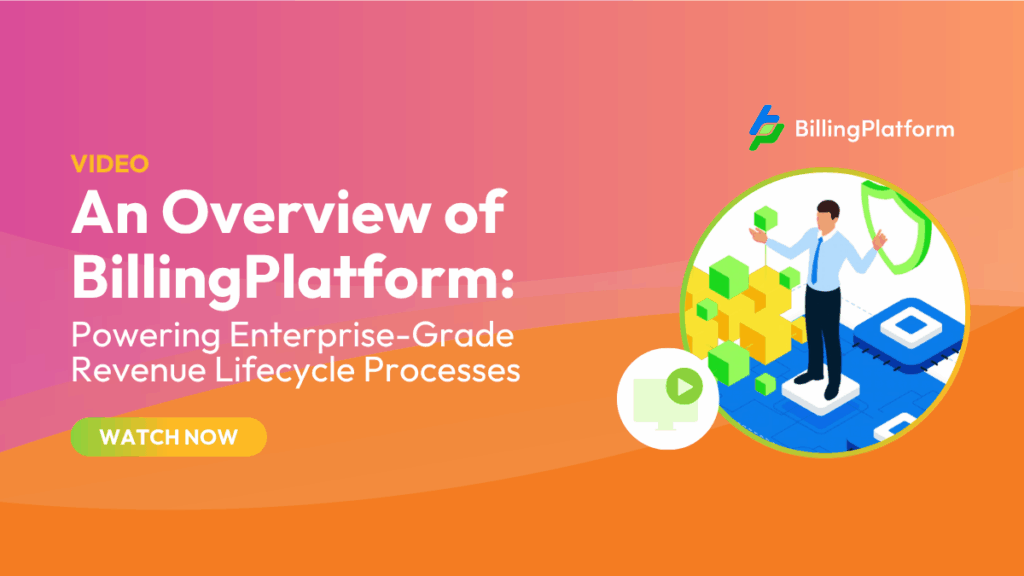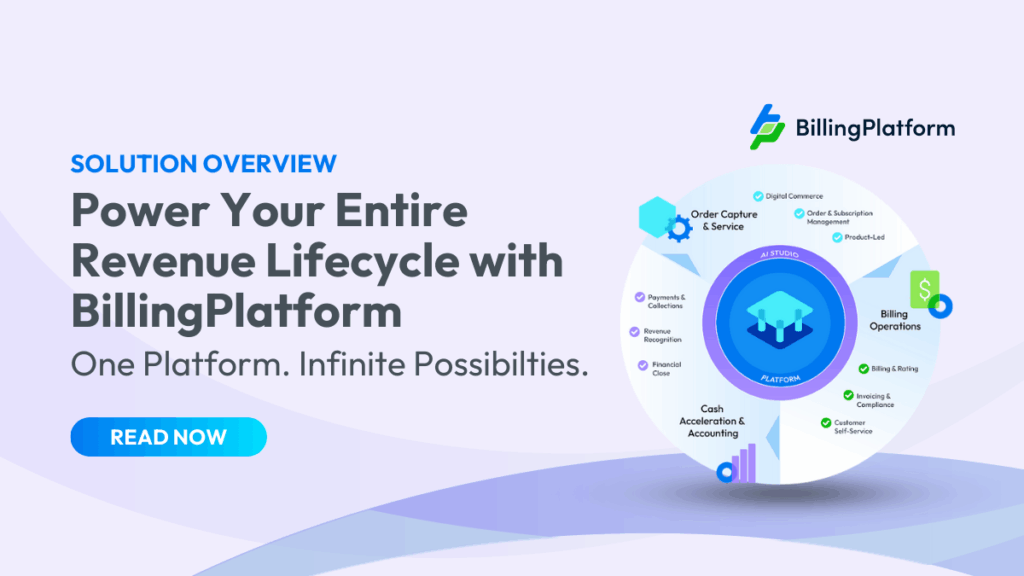Considered the cream of the crop when it comes to revenue models, recurring revenue is a trend that is gaining a foothold across a wide variety of industries. This growing phenomena was validated by a survey conducted across financial executives, where it was discovered that 52% of respondents are employed by companies that receive at least 40% of their revenues from either subscription or usage-based recurring revenue business models.
The Importance of Recurring Revenue
Recurring revenue isn’t a plug-n-play initiative. It takes foresight and diligence, however the rewards from doing it well are plentiful. The most obvious benefit, of course, is a constant stream of income, but recurring revenue offers much more.
With the right metrics, you’re able to gain valuable insights to determine when your revenue is at its highest. This way you can capitalize on it, pinpoint your high-value customers and use this knowledge for upsell opportunities. It also helps identify customers that may churn so you can regain their confidence by offering them incentives.
Comparing Recurring Revenue, Subscription and SaaS Business Models
At first glance, subscription and recurring revenue models appear to be strikingly similar, however recurring revenue has the ability to take your subscription business model to new levels. Definitions become even further convoluted when we add software as a service (SaaS) to the mix. Let’s take a look at each of these business models and the differences between them:
- Recurring revenue: The portion of a company’s revenue that is expected to continue over time, it offers products and services in a way that provides the business with a predictable revenue stream, a stable customer base, and the ability to forecast future revenue with greater accuracy.
- Subscription: Originating in the 17th century by book and periodical publishers, it’s the oldest business model of the three, where products or services are provided in return for payments made at regular intervals.
- SaaS: Sometimes referred to as ‘on-demand software’, it’s a popular form of cloud computing in which software is often provided on a subscription basis.
As you can see, these three business models share some of the same characteristics, however both subscription and SaaS models can encompass recurring revenue. For example, SaaS companies like HubSpot and Slack are subscription-based businesses with recurring revenue streams. However, some SaaS companies provide their offerings via one-time usage, pay-per-use, etc. Essentially, not all SaaS companies are subscription-based, and not all subscription-based companies offer SaaS products. What both business models have in common is that – depending on the business strategy – they may offer their products and services in a way that generates recurring revenue.
The way each of these business models generate revenue also contains a few similarities, as well as differences.
- Recurring revenue: Revenue is generated through renewals or hard contracts.
- Subscription: Revenue is generated through auto-renewals or contracts.
- SaaS: Revenue is generated through subscriptions, recurring revenue or usage based.
Regardless of the business strategy you choose to generate revenue, your support systems and processes need to align.
Popular Billing Models for Recurring Revenue
Billing models are plentiful, but to get the best return on your recurring revenue strategy it’s important to use the right model for your long-term strategy. The following takes a look at the pros and cons of the most common recurring revenue billing models.
- Usage-based: Based on customer usage of the product, billing takes place on regularly scheduled intervals. Types of usage-based billing includes pay-as-you-go, tiered, and volume-based pricing.
- Pros: Price is aligned with value so churn rates are typically lower, and the cost predictability enables smaller businesses to become customers faster and easier.
- Cons: Since usage may vary, predicting revenue can be more difficult.
- Subscription: Consisting of flat-rate, tiered, per user/per unit, and freemium billing models, subscription-based pricing provides advantages for a wide range of customers. To get a greater sense of each of these billing models, let’s look at the pros and cons individually.
- Flat-rate:
- Pros: Also known as fixed pricing, it’s a simple pricing model for a single product and fixed set of features. This type of billing model is easy to communicate and understand.
- Cons: Since this model typically has a lower price, there is the possibility of leaving money on the table.
- Tiered:
- Pros: By creating multiple tiers, this model appeals to a wide range of customers, and provides the opportunity to upsell as customers reach tier limits.
- Cons: Developing too many tier choices can result in customer confusion and ultimately loss of sales.
- Per user/per unit:
- Pros: Provides a predictable revenue stream since pricing scales with the number of users. In addition, this pricing model is easy for customers to understand.
- Cons: This model doesn’t always reflect the value of your product. It also has the potential for revenue loss if logins are shared.
- Freemium:
- Pros: With no upfront costs, it’s relatively easy for a business to quickly develop a solid customer base.
- Cons: Strategies need to be in place to convert freemium users into paying customers by upselling additional functionality and features.
- Flat-rate:
- Hybrid billing: This provides the ability to use multiple revenue models in combinations such as one-time charges, usage, tiered, subscription, overages, etc.
- Pros: Hybrid billing eliminates restrictions that other models impose. It provides the flexibility to combine different billing models to develop pricing structures that align with the value of the product or service offered.
- Cons: Combining pricing models can become complex very quickly. Typically this results in an increase in work for your finance team, as well as customer confusion.
With a goal to use the model that generates the most revenue over the long term, companies need to invest the time to determine the right recurring revenue model to use. To start, you should understand the pricing structures of your competition, your customers’ needs, expectations and budgets, and your costs of doing business.
Get More From Your Recurring Revenue Model
The recurring revenue model has many positive attributes, but without the right billing platform many companies miss out on all the monetary benefits it provides. BillingPlatform’s cloud-based solution provides the flexibility you need to customize and automate even the most complex billing models. With BillingPlatform you’re able to respond to your customers’ needs quickly, efficiently and cost-effectively. All while capturing the recurring revenue you need for profitable growth. Talk to our team today to see if BillingPlatform is the right solution for you!



